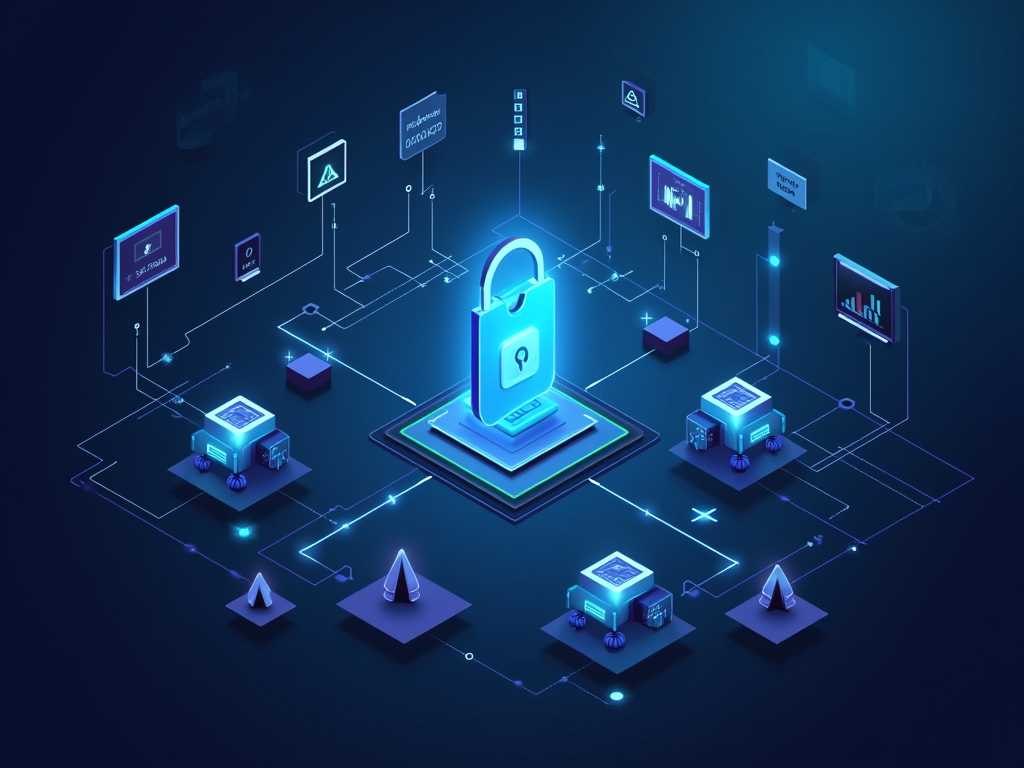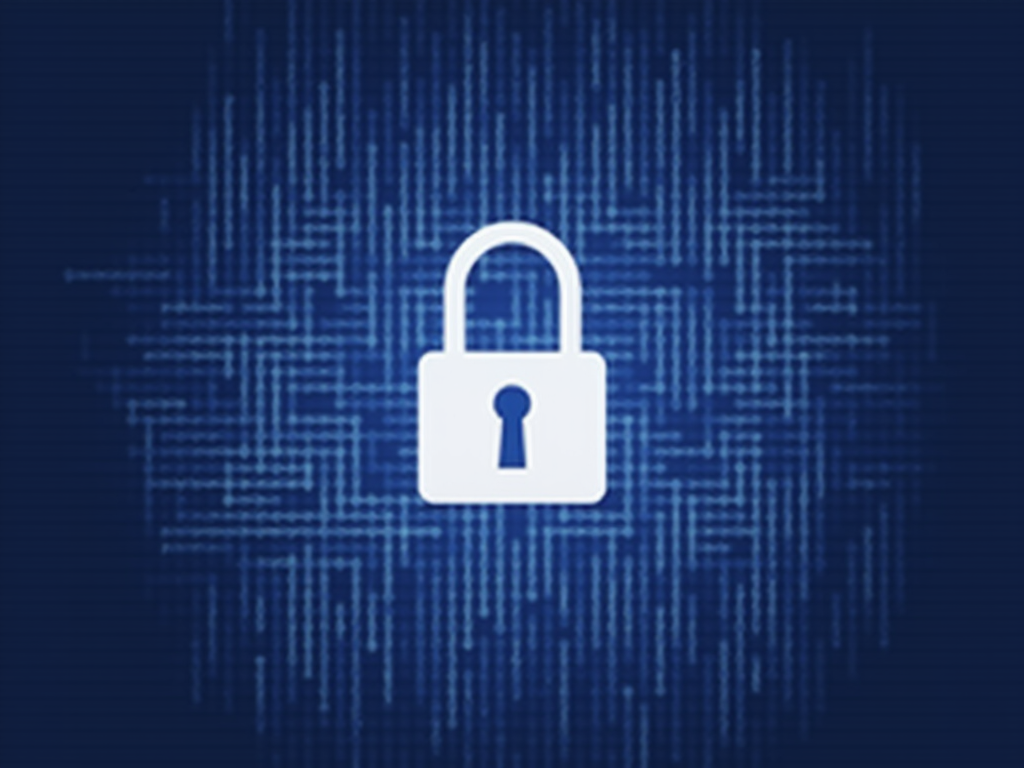Using Artificial Intelligence (AI) to Enhance IoT Security
The Internet of Things (IoT) has transformed the way we live and work, with billions of devices connected worldwide. However, this rapid growth has also introduced new security challenges. Traditional security measures may not be effective in detecting and responding to modern threats. That’s where Artificial Intelligence (AI) comes in – a powerful tool to enhance IoT security.
The IoT Security Landscape
IoT devices are often designed with ease of use and cost-effectiveness in mind, rather than security. This has led to vulnerabilities in device design, firmware, and software. Malicious actors can exploit these weaknesses to:
- Steal sensitive data
- Disrupt critical infrastructure
- Launch attacks on other connected devices
The Role of AI in IoT Security
AI can play a crucial role in enhancing IoT security by:
Anomaly Detection
AI-powered anomaly detection can identify unusual behavior in device communication patterns, such as unexpected changes in network traffic or device interactions. This allows for swift response to potential threats.
Predictive Maintenance
AI-driven predictive maintenance enables proactively addressing potential issues before they become security breaches. By analyzing device performance and usage patterns, AI can predict when a device is likely to fail or malfunction, allowing for prompt remediation.
Intrusion Detection and Prevention
AI-powered intrusion detection systems can analyze network traffic in real-time, identifying and blocking malicious activity, such as DDoS attacks or command and control (C2) communication.
Identity and Access Management
AI-driven identity and access management ensures that only authorized devices and users can interact with IoT systems. This includes monitoring and controlling device permissions, authentication, and authorization.
Threat Intelligence
AI-powered threat intelligence platforms gather and analyze data on emerging threats, providing insights on potential attack vectors and mitigation strategies.
Benefits of AI-Powered IoT Security
- Proactive Approach: AI enables a proactive approach to security, detecting and responding to potential threats before they materialize.
- Scalability: AI can handle large amounts of data and device connections, making it an ideal solution for IoT networks.
- Improved Accuracy: AI-driven systems can analyze complex patterns and behaviors more accurately than traditional rule-based systems.
- Reduced False Positives: AI reduces the likelihood of false positives, minimizing unnecessary alerts and actions.
Challenges and Limitations
- Data Quality: AI relies on high-quality data to make accurate predictions and detections. IoT devices often generate vast amounts of data, which can be difficult to manage.
- Complexity: AI systems can be complex to implement and maintain, requiring significant expertise and resources.
- Interoperability: Integrating AI-powered security solutions with existing IoT systems can be challenging due to differences in protocols and architectures.
Best Practices for Implementing AI-Powered IoT Security
- Choose the Right AI Solution: Select an AI solution that is specifically designed for IoT security and has experience in handling large amounts of data.
- Integrate with Existing Systems: Ensure seamless integration with existing IoT systems, protocols, and architectures to minimize complexity.
- Monitor and Analyze Data: Continuously monitor and analyze data from IoT devices to improve AI model performance and accuracy.
- Develop a Comprehensive Security Strategy: Develop a comprehensive security strategy that incorporates AI-powered solutions as part of a multi-layered defense approach.
Conclusion
AI has the potential to revolutionize IoT security by providing real-time threat detection, predictive maintenance, and improved incident response. However, it’s essential to address challenges such as data quality, complexity, and interoperability. By following best practices and choosing the right AI solution, organizations can enhance their IoT security posture and protect against emerging threats.



